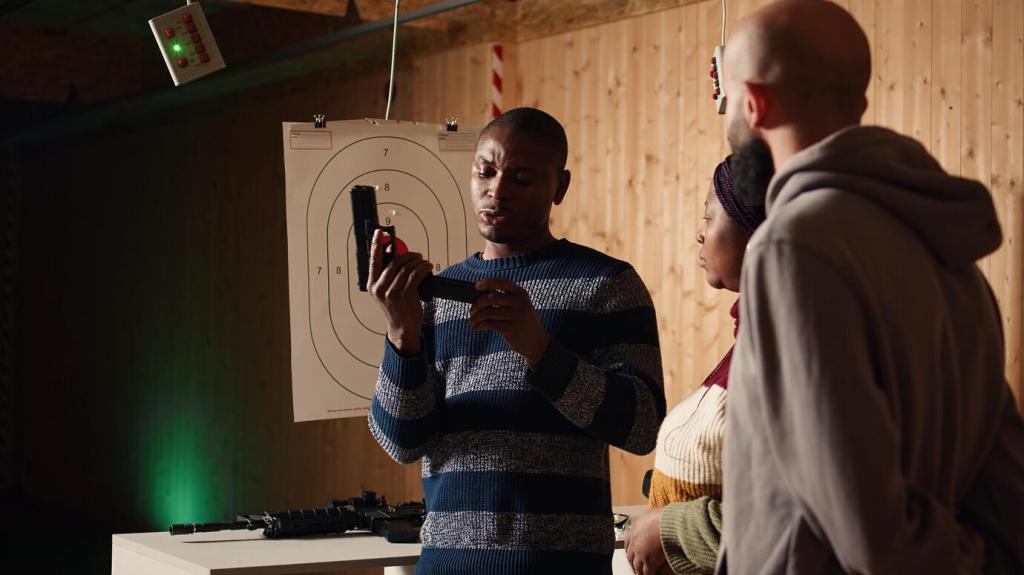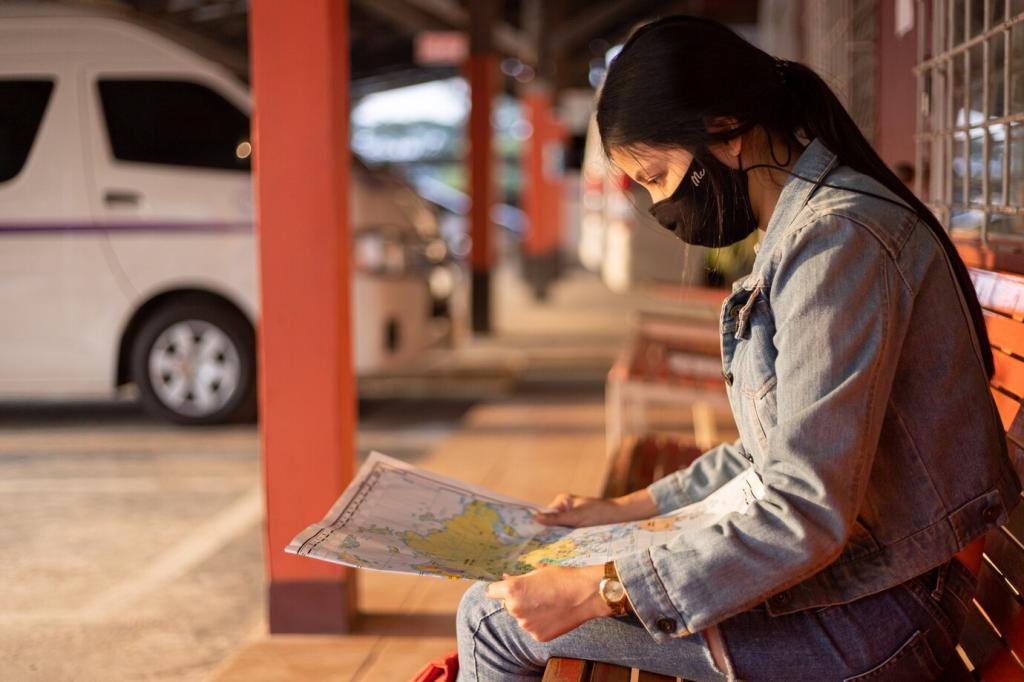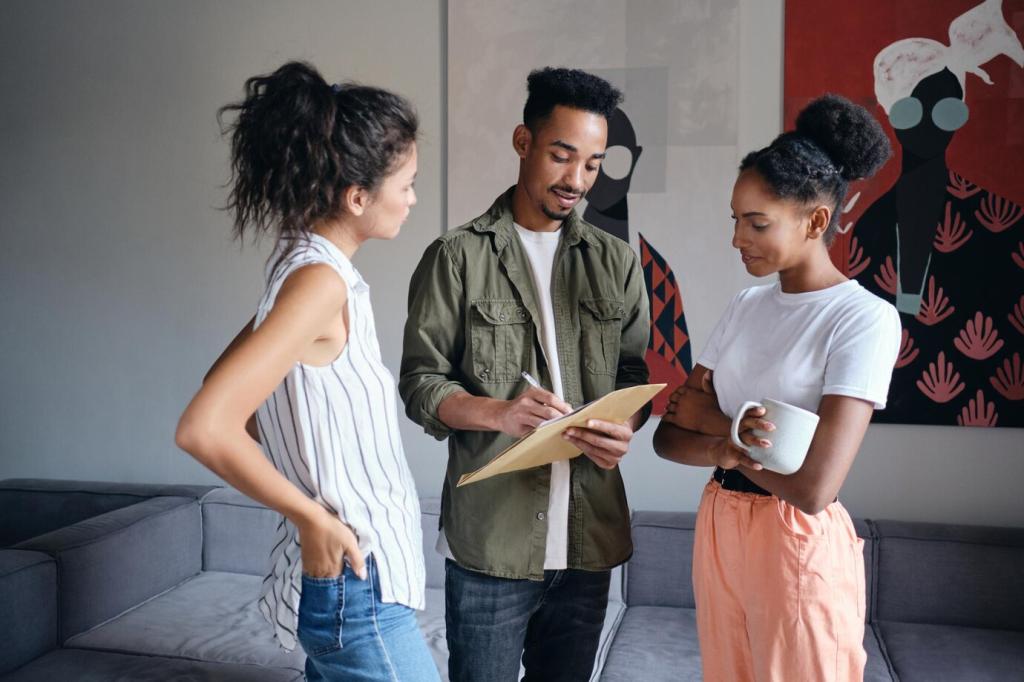Listening First: Stories Over Surveys
Host a circle with tea and a simple prompt: “Describe a moment you felt proud of our block.” People open up when invited to tell personal stories, not defend positions or debate policies.
Listening First: Stories Over Surveys
Use a one-minute sidewalk survey with two questions and a sticky-note board. Keep it visible, countable, and fun. Explain how responses will steer a decision next week to honor people’s time.
Listening First: Stories Over Surveys
Create a shared form or voice-note hotline for late-night thoughts. Some neighbors are caregivers or shift workers. Flexible channels widen the circle and elevate voices often missing from public meetings.





